How The Netherlands Became World’s First Country With No Stray Dogs on the Streets
Pets, as cherished members of our families, deserve rights and protections that ...
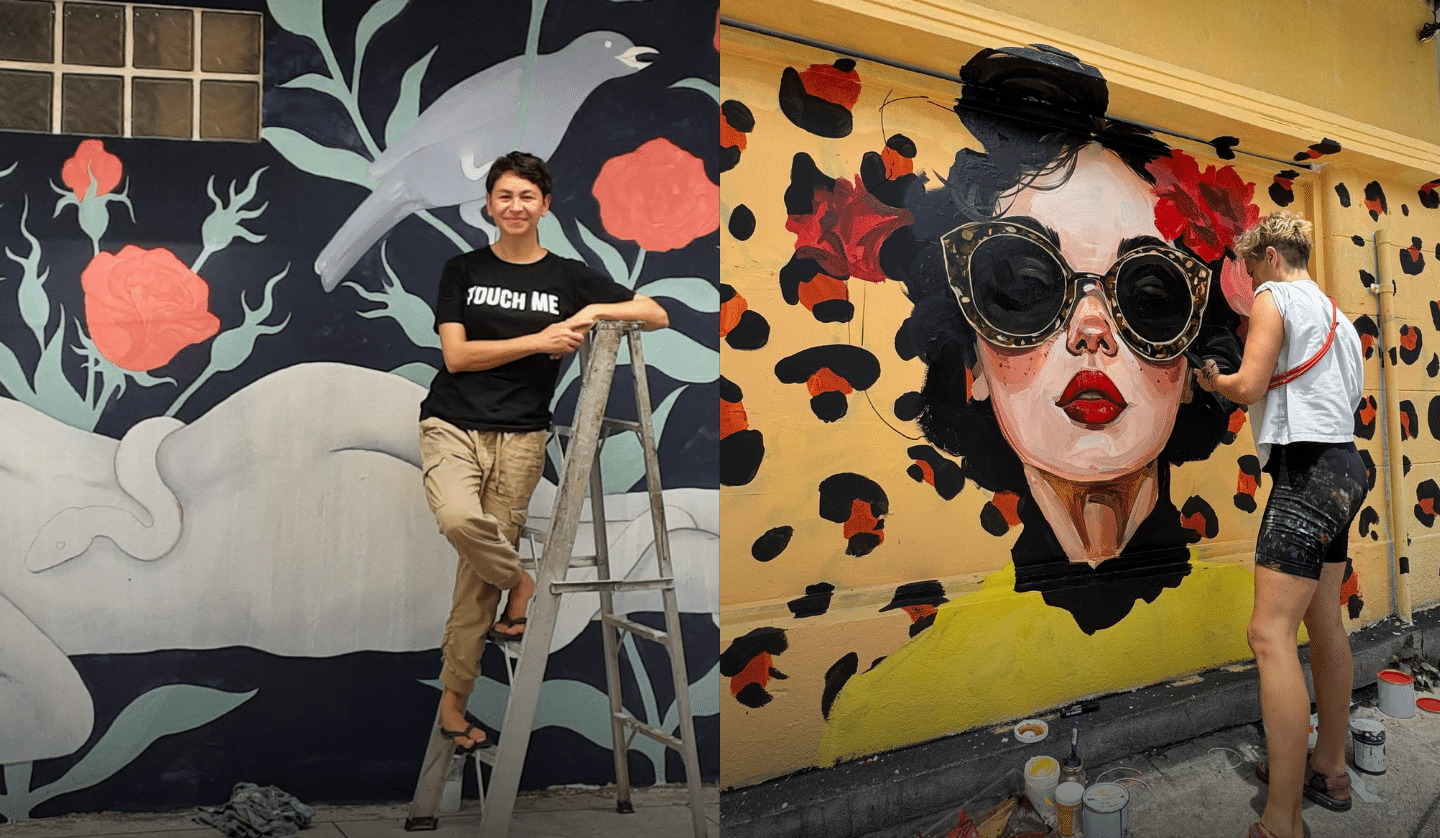
VERY THAI: In this regular column, author Philip Cornwel-Smith explores popular culture and topics related to his best-selling books Very Thai and Very Bangkok. After two major pieces of street art were defaced in Bangkok, he looks at Thailand’s unusually polite experience of graffiti.
Any travel article about Bangkok will invariably depict its street art. Murals tend to concentrate in the hippest regenerating areas with vacant walls on walkable lanes. The appeal is not just the colour, for murals add to places a layer of meaning, whether cool or cultured, nostalgic or provocative.
When Khlong Ong Ang was renovated, street art was commissioned from the start to make the plain buildings more picturesque. This September, the Bangkok Metropolitan Authority (BMA) commissioned new murals by over 15 international artists for the Krungthep Creative Streets project. As part of urban beautification, they were hoped to last many monsoons.
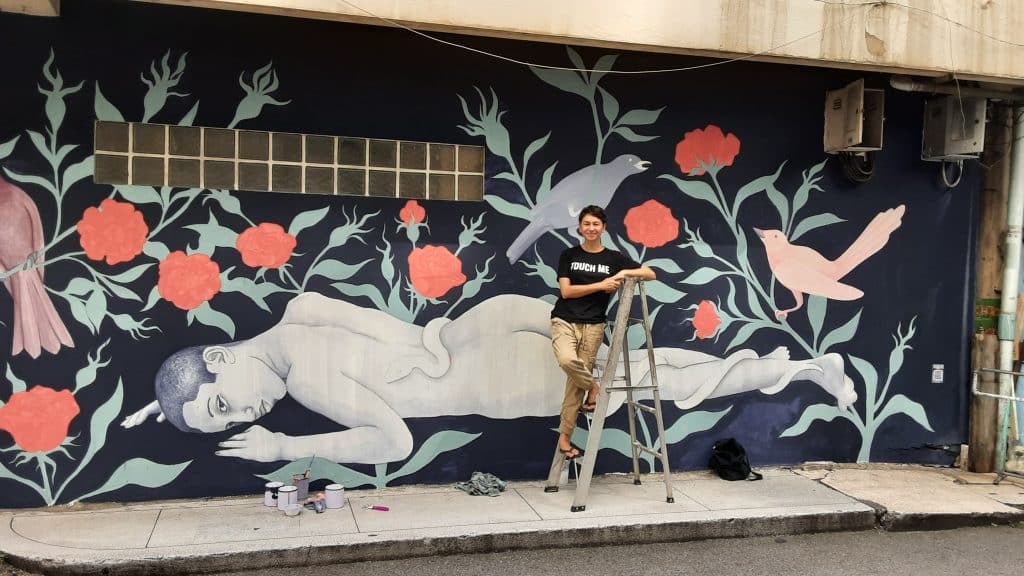
Thai street art is so uncontroversial that it’s sponsored by embassies and the authorities using it to revitalise the city. Hence the shock when almost immediately two murals had been defaced – both in the Bangrak Creative District. Each happened for specific reasons, though they reveal cultural ructions about the urban space we share.
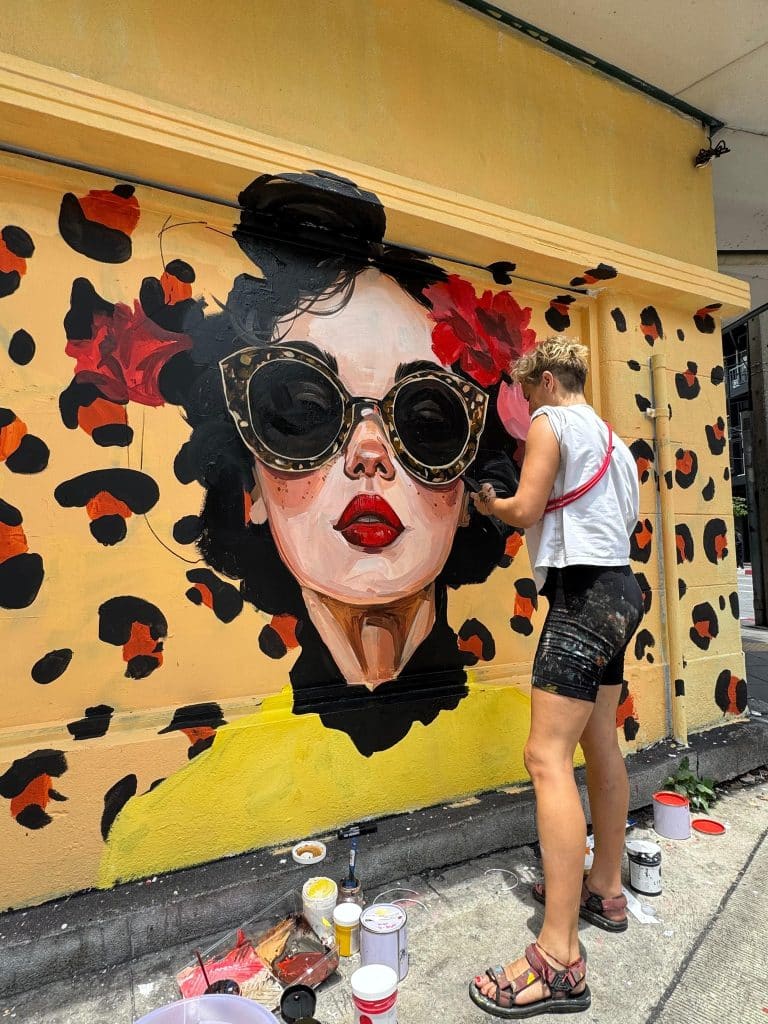
Vandalism is mercifully rare in Thailand, so the public was appalled when tags (graphic signatures of aliases) were found covering a Spanish mural by Carolina Adán Caro. She had taken ten days to paint a woman’s face against a leopard-print backdrop on Charoenkrung Soi 30 with the slogan “just be you.” Police soon arrested one of the three suspects caught on CCTV. Under the Maintenance, Cleanliness and Orderliness Act, damaging property carries a 60,000 baht fine and jail of up to three years.
“This made me angry. The behaviour was unacceptable,”
Bangkok governor Chadchart Sittipunt told reporters.
“If they considered themselves graffiti artists too, they should respect others’ work.”
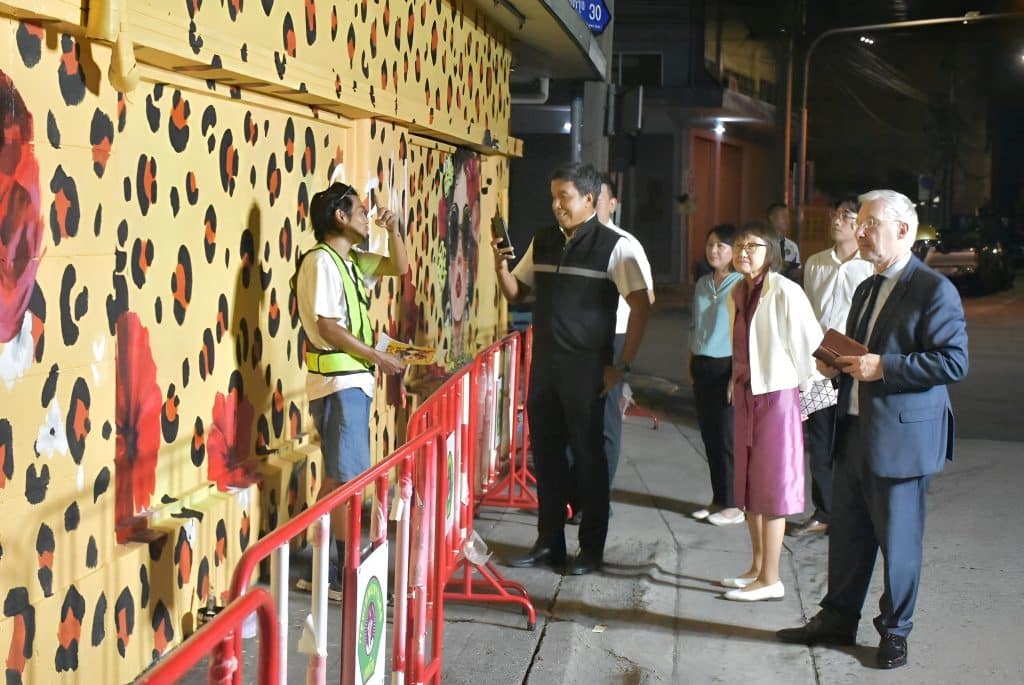
In many other countries, such vandalism is lamented but no longer shocking. Graffitists have always sprayed over their rivals’ work in a game of oneupmanship that even afflicts the world’s most famous graffiti artist, Banksy. That’s for the same reason as Caro’s work: the more prestigious the mural, the bigger the target. Graffiti originated as a protest against the powerful. Curiously though, Thai street art has long been an emblem of the establishment – a sign of urban cleansing not urban blight.
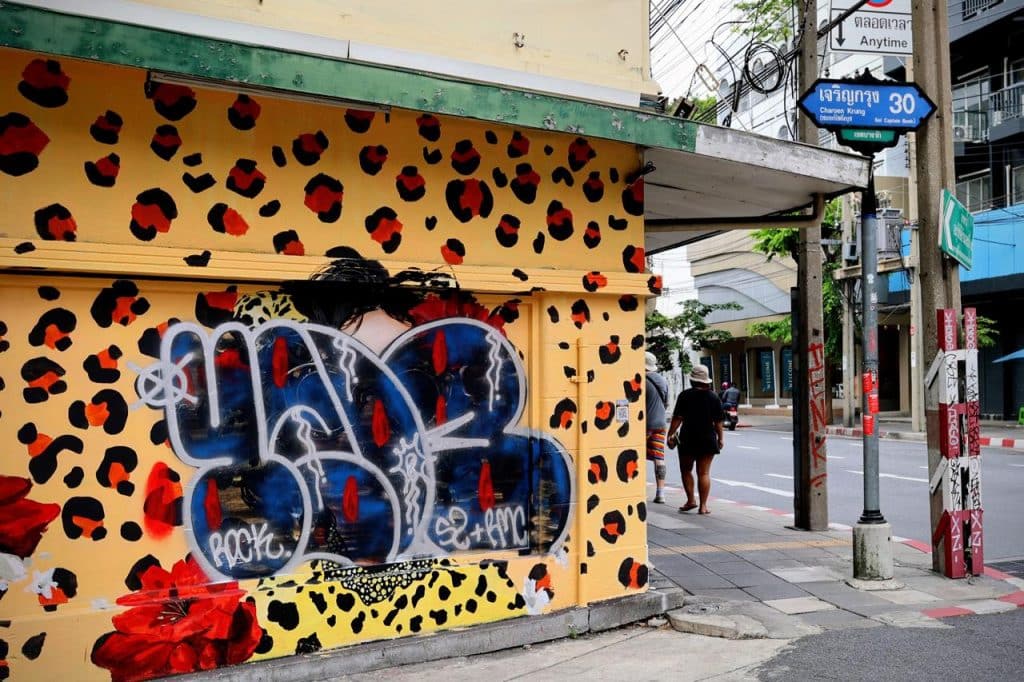
Astonishingly, graffiti had been absent from Thailand until 2000, when it suddenly appeared fully formed as street art. The earliest spray artists were all careful to tag and paint only in derelict locations that would not lose face for property owners. Almost immediately, spray artists got commercial work, often with the public invited to view the spray-painting live at malls, gallery enclaves, Red Bull X-Park or Culture One rave music festival. Very early on, at the opening of Union Mall in Lad Prao, Thai artists incorporated lai thai motifs and cultural themes into their work, making graffiti feel Thai.
As documented in Rupert Mann’s book Bangkok Street Art & Graffiti (River Books), structures left unfinished by the 1997 economic crash, such as the Ghost Tower and pillars of the abandoned Hopewell train project, became a portfolio for Thai aerosol artists. The most accomplished, like Rukkit and Alex Face, soon made the leap into galleries and corporate commissions.
Thailand has always imported musical genres as a consumer style shorn of their rebel origin, from rock and blues to punk and metal. Graffiti came as the polite art side of packaged hip-hop culture, along with sanitised rap, mellow breakdancing, spoof bling on oversized Ts – all of it shorn of its distinctive aggression.
The shock now is partly because Thailand missed the alienated initial stage of graffiti. Spraying walls arose in American cities during their 1970s decline, plastering trains, bridges and buildings. At Time Out in London in 1989, my mentor Hayden Williams was a criminologist who’d studied graffiti. He explained that it’s about marking territory, like animals do with scent and countries do with flags, hence we get tags overwriting murals. It also told the powerful that the voiceless live there too. Graffiti enabled artists to “be everywhere at once,” wrote author Norman Mailer, in his 1974 essay ‘The Faith of Graffiti.’ He famously encapsulated graffiti as “your presence on their presence.”The BMA soon hired an artist to restore Caro’s presence. Chadchart relayed that the three vandals had acted on a dare, stating:
“Let’s all protect and take care of these works. They’re the city’s heritage for everyone… If you want to express your art, contact the city and we will find you a rightful space.”
One of those rightful spaces, for Krungthep Creative Streets, was on the side of Rose Hotel. And the rightful muralist was Myrtille ‘Mimi’ Tibayranc, a French artist living in Chiang Mai, whose watercolours of the body featured in the Bangkok Art Biennale. In her first-ever mural, she painted a topless male and a nude female demurely face down and wreathed in a snake.

When the figures were painted over in mid-October, leaving just foliage and flowers, netizens erupted at the censorship.
“My painting has been completely censored without my permission!”
Mimi wrote.
“It is ironic that this painting is just a few metres from Patpong, the red-light district where hundreds of girls are half-naked… what hypocrisy!”
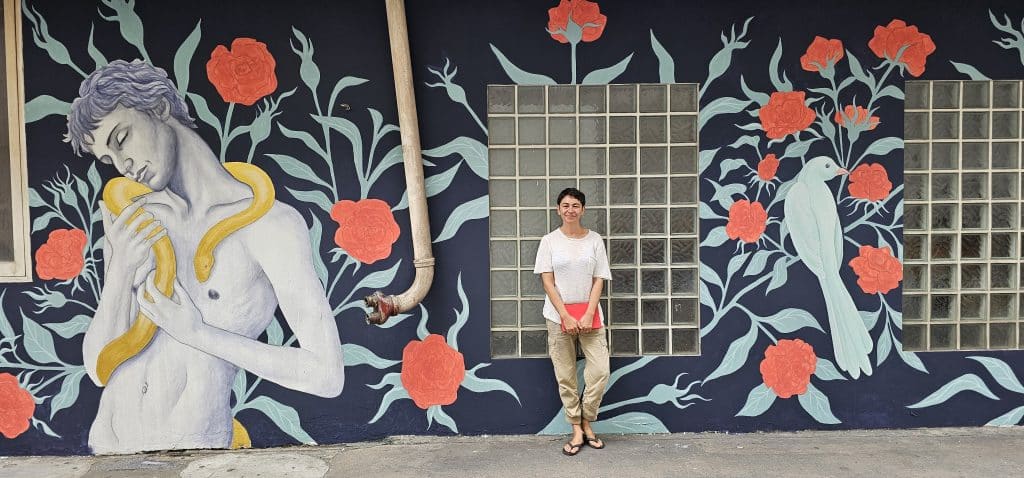
The public were shocked and confused that it was censored in the name of the venue itself, without consulting the artist. “The erasure was ordered from a person in my family,” posted the hotel owner Nawamin Vitayakul, a longtime supporter of the arts.
“While I’m still travelling, he used the opportunity for this misconduct. He knows and understands art enough, but is still narrow-minded. [A nearby] temple and school never voiced any complaints or concerns. In the laypeople’s world, the physical realm still encompasses us, with bodies, clothed and naked.”
All parties seem keen to restore the mural.
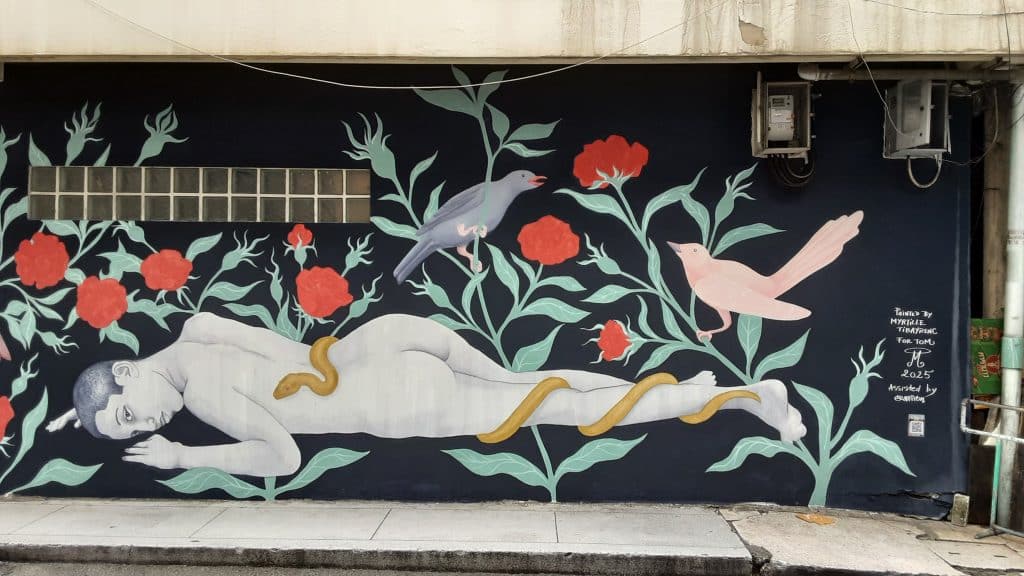
In fact, Mimi deserves respect as one of the people most responsible for street art in Thailand. In 2013, she co-founded Bangkok’s first graffiti festival, Bukruk (Trespass). The first Bukruk was held in a derelict area in Ratchathewi, and its murals by top artists were preserved as Chaloemla Park. The second Bukruk in 2016 left many of the landmark murals of Chinatown, like the tumbling elephants on Songwad Road.
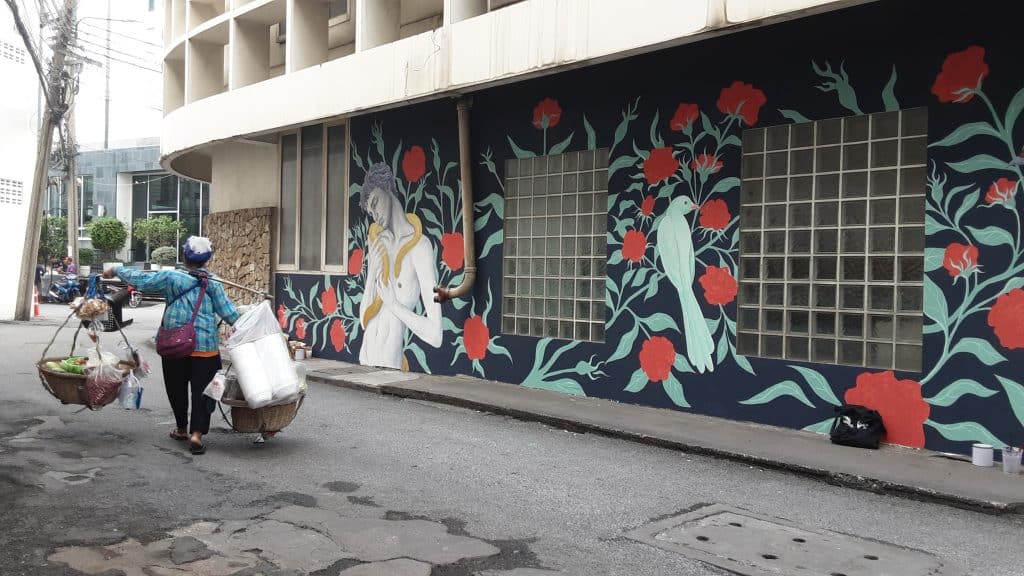
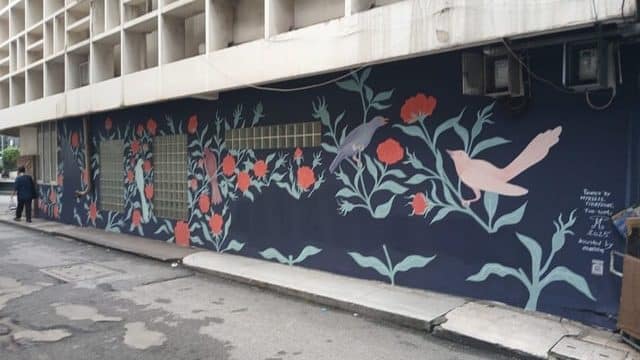
These incidents spotlight a dilemma about public art and public taste. The censorious tend to assume that the line should be theirs to decide, claiming reasons like protecting children, but maybe just projecting their beliefs. The open-minded wonder how something so mild can offend and why society keeps getting denied wider views.
This division cuts across all creative fields. Depicting bodies in Thai art is wildly inconsistent. Female nudes fill MOCA, but have grown rarer, while male nudes have become more accepted in galleries. When the Culture Ministry fulminated about katoeys dancing topless at Songkran, it was pointed out that the ministry homepage led with a painting of Songkran goddesses dancing topless. As in many aspects of Thainess, the legitimacy of any activity is less about the act or the subject than who does it. Their presence on your presence.
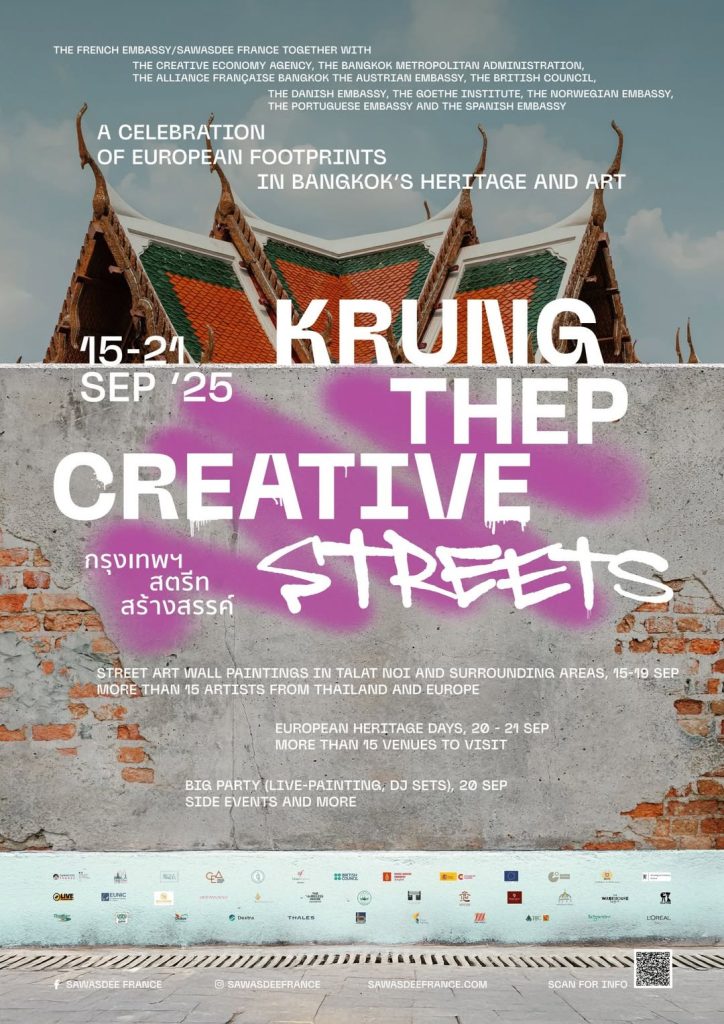
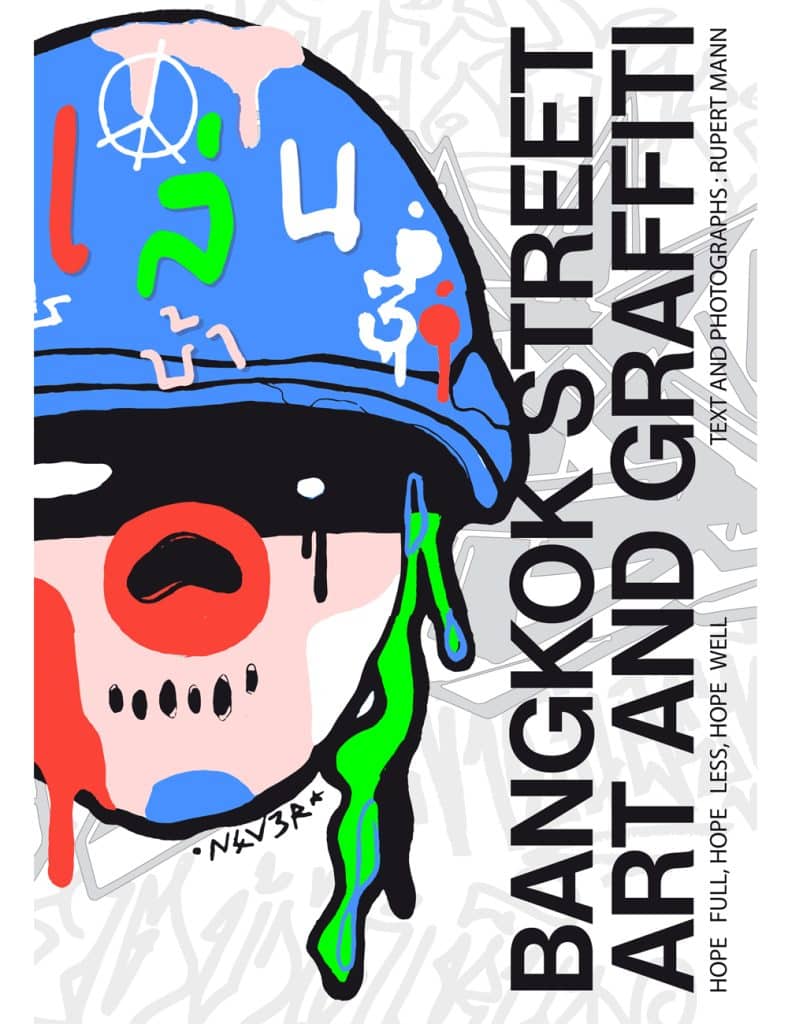
This twice-monthly column, Very Thai, is syndicated by River Books, publisher of Philip Cornwel-Smith’s bestselling books Very Thai: Everyday Popular Culture and Very Bangkok: In the City of the Senses.
The views expressed by the author of this column are his own and do not necessarily reflect the views of Koktail magazine.
Pets, as cherished members of our families, deserve rights and protections that ...
Wandering around the globe, try out the signature tastes of cultures across ...
These top 5 barber shops in Bangkok are where gentlemen can elevate ...
Sailorr and Molly Santana’s black grills fuse hip-hop swagger with homage to ...
Athalie de Koning combines her passions for music and mental health advocacy ...
Severe floods hit Southern Thailand. Humanitarian aid, infrastructure planning, and cautious travel ...
Wee use cookies to deliver your best experience on our website. By using our website, you consent to our cookies in accordance with our cookies policy and privacy policy